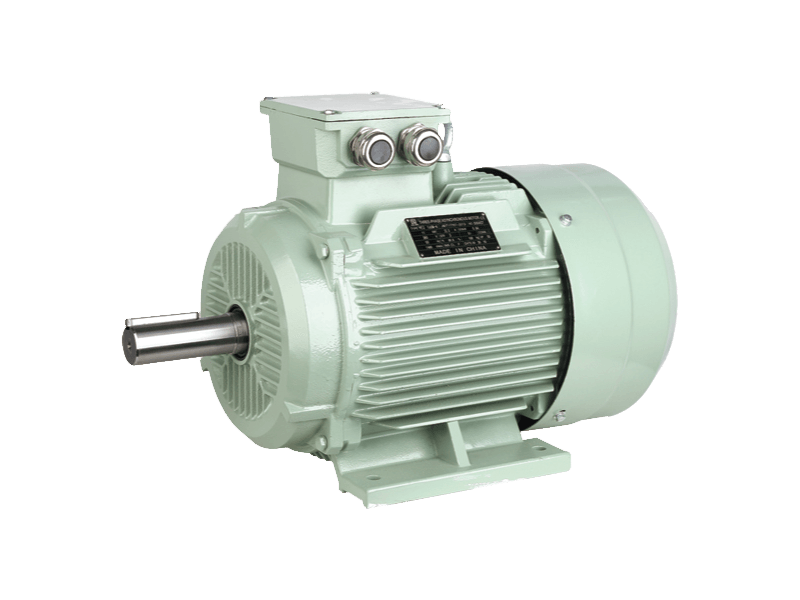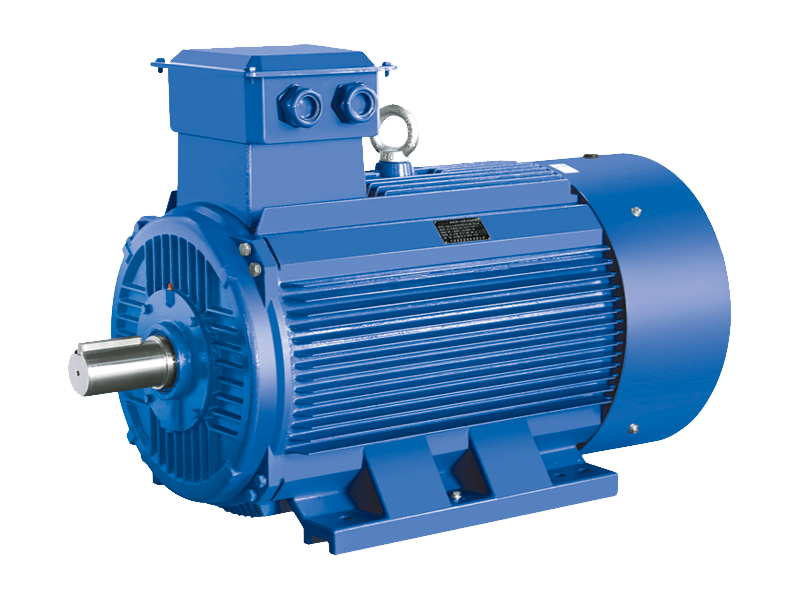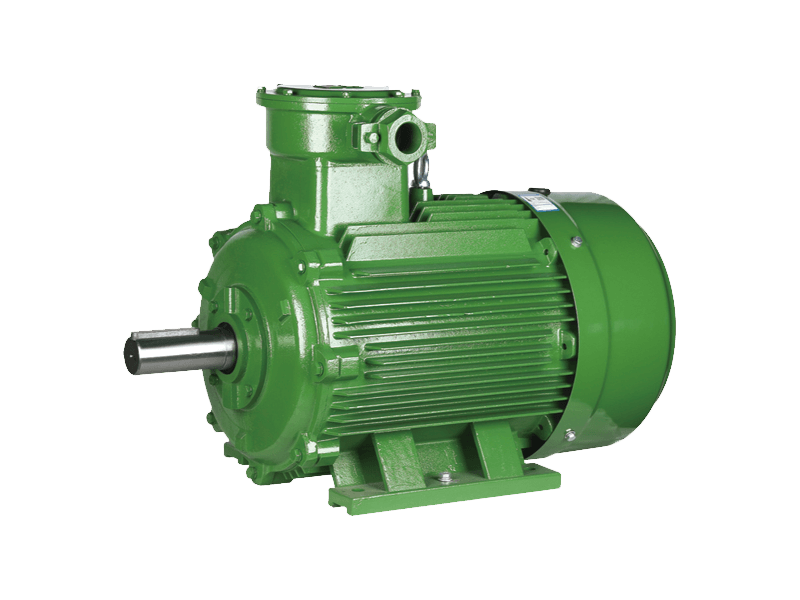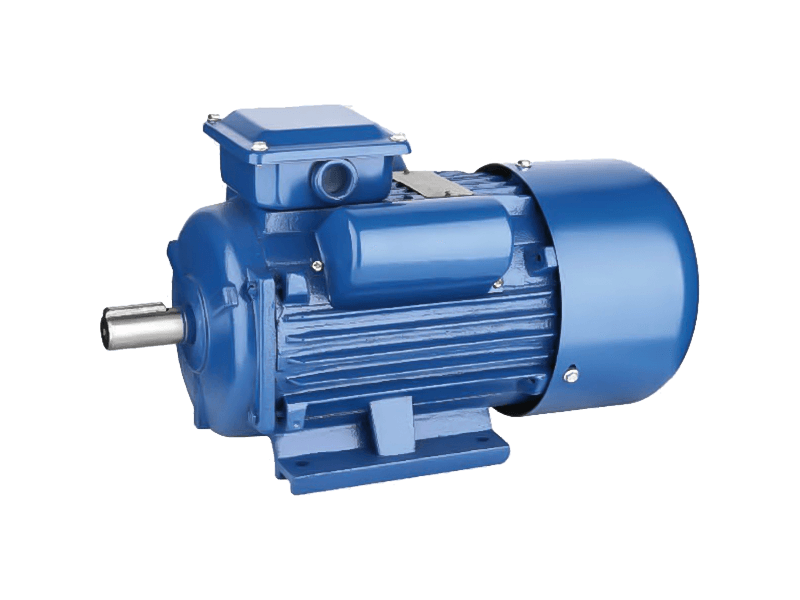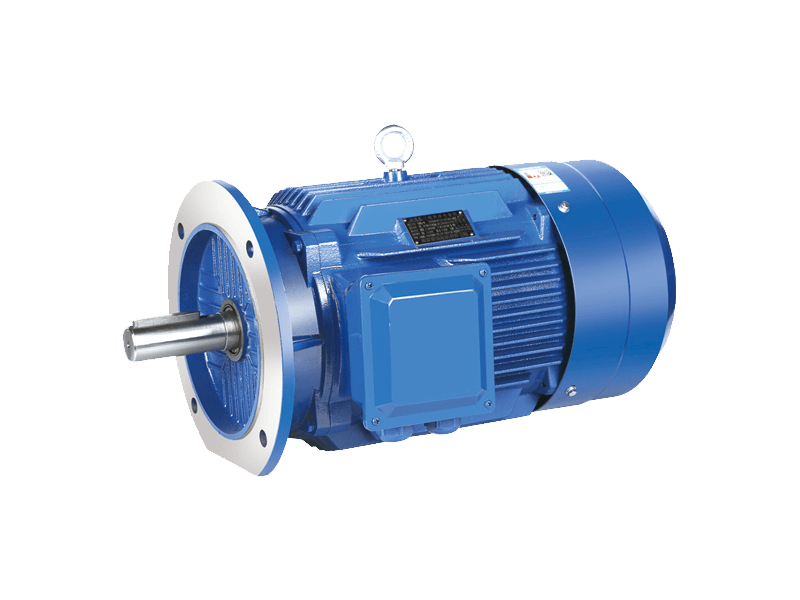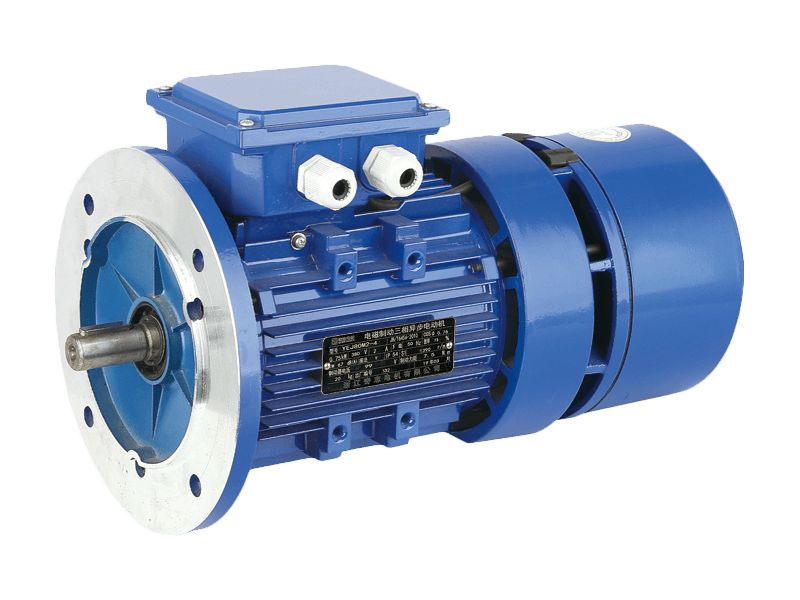Electric Motor Basics
1. How is the temperature resistance of insulating materials divided?
A: Our country is divided into six levels, namely A, E, B, F, H, C.
(1) The maximum allowable working temperature of Class A insulating material is 105℃
(2) The maximum allowable working temperature of Class E insulating material is 120℃
(3) The maximum allowable working temperature of Class B insulating material is 130℃
(4) The maximum allowable working temperature of Class F insulating material is 155℃
(5) The maximum allowable working temperature of Class H insulating material is 180℃
(6) The maximum allowable working temperature of Class C insulating material is above 180℃.
2. Briefly describe the structure and working principle of induction motor.
Answer: The working principle of the induction motor is as follows. When the three-phase stator windings pass through the three-phase symmetrical alternating current, a rotating magnetic field is generated. This rotating magnetic field rotates in the inner bore of the stator, and its magnetic lines of force cut the wires on the rotor. Induced current. Due to the interaction force between the stator magnetic field and the rotor current to generate electromagnetic torque, the stator rotating magnetic field drags the rotor with the current-carrying wire to rotate.
3. Why is the current large when the induction
motor starts? And the current will become smaller after starting?
Answer: When the induction motor is in a stopped state, from an electromagnetic point of view, it is like a transformer. The stator winding connected to the power supply is equivalent to the primary coil of the transformer, and the closed-circuit rotor winding is equivalent to the short-circuited secondary coil of the transformer; There is no electrical connection between the stator winding and the rotor winding, only the magnetic connection, and the magnetic flux forms a closed circuit through the stator, the air gap, and the rotor core. At the moment of closing, the rotor has not yet rotated due to inertia, and the rotating magnetic field cuts the rotor winding at the maximum cutting speed—the synchronous speed, so that the rotor winding induces the highest potential possible. Current, this current produces magnetic energy that cancels the magnetic field of the stator, just as the secondary magnetic flux of the transformer needs to cancel the effect of the primary magnetic flux.
In order to maintain the original magnetic flux that is compatible with the power supply voltage at that time, the stator automatically increases the current. Because the current of the rotor is very large at this time, the stator current also increases greatly, even as high as 4~7 times of the rated current, which is the reason for the large starting current.
Why is it small after starting: As the speed of the motor increases, the speed of the stator magnetic field cutting the rotor conductor decreases, the induced potential in the rotor conductor decreases, and the current in the rotor conductor also decreases, so the stator current is used to offset the rotor current. The part of the current affected by the magnetic flux is also reduced, so the stator current is from large to small until it is normal.

